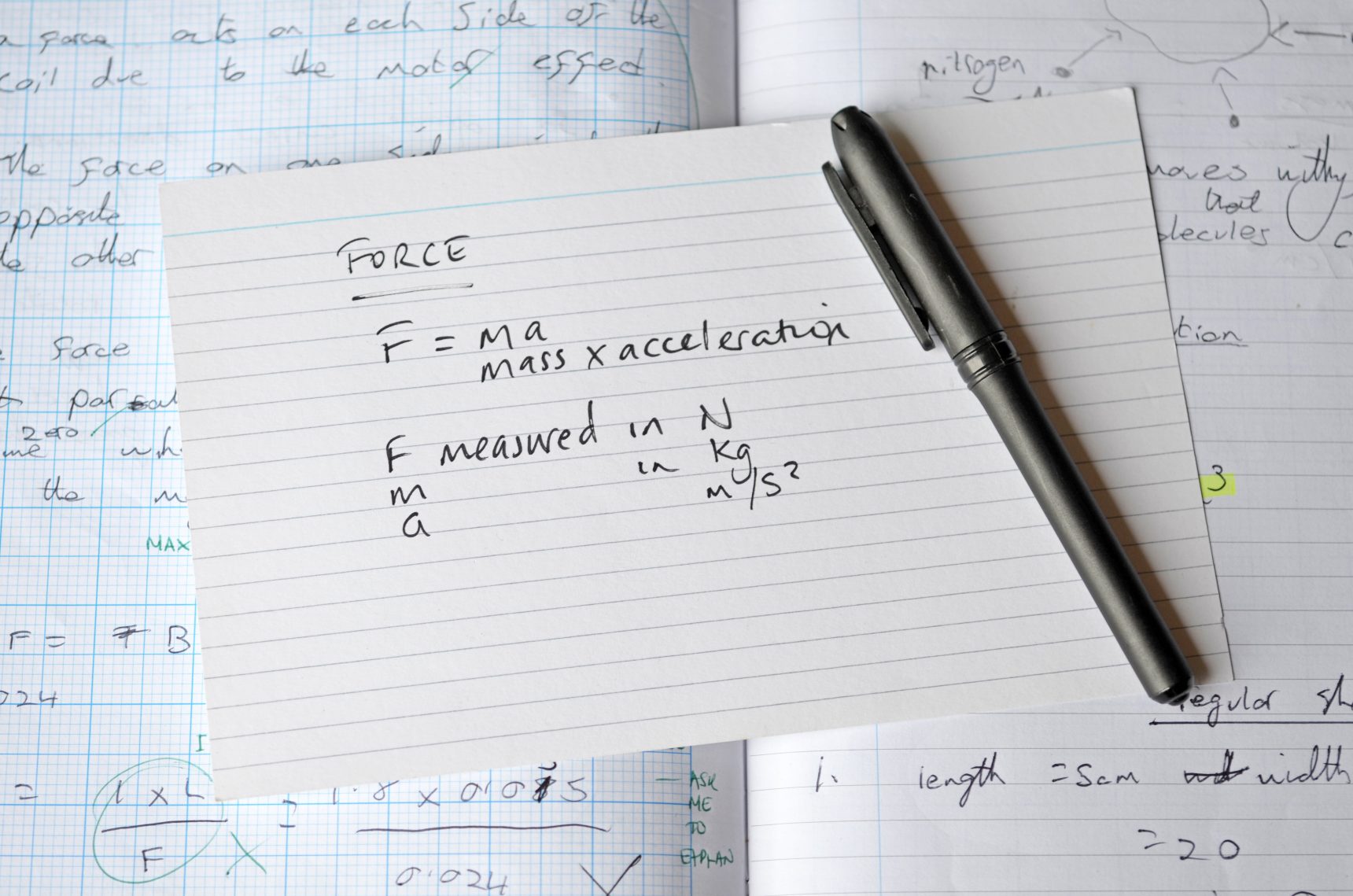Contents:
What is the Oxford PAT?
The Oxford Physics Aptitude Test (PAT) is a two-hour online exam combining questions on both physics and maths. Anyone applying for Physics, Physics and Philosophy, Engineering Science, or Materials Science at the University of Oxford is required to sit the Oxford PAT.
The test consists entirely of multiple-choice questions across topics from GCSE and A Level. It is positively marked, meaning there are no deductions for incorrect answers, with a total of 100 marks available.
What is in the PAT syllabus?
The Oxford PAT syllabus contains a full list of topics that are covered in the exam.
Most of the syllabus should be familiar to you from studying maths and physics up to this point. However, depending on how your lessons have been taught and the order in which topics have been studied, there may be content that you’re not familiar with.
Topics such as circular motion, electric fields, gravitational fields and electromagnetism aren’t usually covered until Year 13, and as such, you might not have encountered these yet.
How can I learn new content for the Oxford PAT?
There are lots of ways to cover this content. Your A Level course textbook is a good place to start, along with asking your teachers for any resources they have for these topics.
Physics & Maths Tutor provide a range of free A Level Physics resources including revision notes, flashcards, and questions by topic. Doing A Level practice questions can help reinforce your understanding before tackling PAT questions.
There are also lots of YouTube tutorials explaining challenging concepts.

What are PAT questions like?
PAT questions are different from A Level exam questions. They often require you to solve unfamiliar problems by applying knowledge from different areas of physics.
PAT questions are designed to assess your problem-solving skills and so are often less structured than A Level exam questions. You may also be required to apply information from the question to solve problems outside the syllabus.
It’s important to approach each question logically and find a strategy that works for you. For calculation-based questions, it’s often best to work through the problem before looking at the answer options. If your result matches one of the choices, it’s a good sign you’ve solved it correctly. If not, go back and check your working or use process of elimination to narrow down the options.
Where can I find PAT practice questions and solutions?
The Oxford Physics admissions page has PAT past papers from 2006 to 2023. Note that these past papers follow an older format – the exam was updated in 2024 to an online format with multiple-choice questions only, which remains in place for 2025. Despite this, the multiple-choice questions at the beginning of each paper are especially useful, and other longer questions can also provide valuable experience with the PAT question style.
Where can I find the 2024 PAT paper?
The 2024 PAT paper has not been released. According to the Oxford Physics Department, past papers will no longer be published from 2024 onwards due to the switch to the electronic-only format.
Solutions to PAT past papers are not generally provided. You can find a bank of PAT past papers, informal solutions and examiner reports on Physics & Maths Tutor.
The Oxford Physics Department has produced two workbooks containing PAT-style questions with solutions books. There are hints in each workbook to encourage students to work through the questions before looking at the answers.
Another good source of PAT practice questions is the British Physics Olympiad. They have an archive of past papers with questions that are less structured than typical A Level questions. They are similar in style and content to the PAT questions, with answers available on their website. Isaac Physics also offers useful maths and physics problem-solving questions that can help hone your skills.
Top tips for the Oxford PAT
Remember that the PAT is designed to be challenging, and there are a lot of questions to answer in two hours. It’s unlikely you will have time to tackle every question for as long as you’d like. This means you need to be strategic.
- You don’t have to answer the questions in order. Skip any you are not confident with and use the flagging feature to revisit them later.
- Manage your time wisely. Aim for one minute per mark and don’t waste significant amounts of time on questions you’re struggling with.
- Put an answer for every single question. You don’t lose marks for wrong answers, so if you don’t know the answer, eliminate some choices and guess.
- Finally, remember to stay calm and give it your best effort!
When is the Oxford PAT?
The PAT will take place on Wednesday 22nd and Thursday 23rd October 2025. You must sit the test at a Pearson VUE authorised test centre, not at your school or college.
There are two separate steps you must complete to take the Oxford PAT: registration and test appointment booking.
- Register for the PAT between Wednesday 18th June and Friday 19th September (6 pm BST) via the Oxford Admissions Test registration portal.
- Book your test appointment between Monday 18th August and Friday 26th September (6 pm BST) via Pearson VUE’s booking system. A link to the booking system will appear on your dashboard in the registration portal from 18th August.
It’s a good idea to book your test as soon as possible – test centre places are limited and allocated on a first come, first served basis.
Important: You must provide your UCAS ID when registering for your PAT test. You don’t need to submit your UCAS application, but you do need to start it to receive your ID.
Is the PAT exam online?
In 2025, the PAT will be completed online using Pearson’s OnVUE exam platform. You will select multiple-choice answers directly on this digital interface. You will also be provided with a set of five laminated boards, along with a whiteboard pen, for rough working and written notes, but these will be erased and returned at the end of the exam.
What calculator can I use in the PAT?
A digital calculator is provided as part of the Oxford PAT online exam. You are not allowed to bring your own physical calculator into the exam. When doing PAT practice questions, you should therefore use a digital calculator to give you an accurate idea of your timings. Check out PMT’s handy guide to using the Oxford PAT digital calculator.
Formula sheets, tables and data booklets are also not allowed, so you’ll need to remember all the equations listed in the PAT syllabus!

You can practise using the online exam format with the PAT practice test provided by the University of Oxford. This is useful for ensuring that you are comfortable with the format of the PAT and that you can use the digital interface.
How much does it cost to take the Oxford PAT?
You do not have to pay to take the PAT. There are also no administration fees.
How do you find out your PAT exam score?
PAT scores are communicated to college admissions tutors to enable shortlisting for interviews in November. All applicants will receive their scores once offers have been allocated in January.
Can you resit the PAT?
The PAT can only be taken once per admissions cycle. If you are unsuccessful in your application and wish to reapply the following year, you’ll need to sit the PAT again as part of the new application process.
The Oxford PAT is a challenging but essential step for those aspiring to study Physics, Physics and Philosophy, Engineering Science, or Materials Science at the University of Oxford. While it may seem daunting, with the right preparation, strategic approach, and your best effort, you can give yourself the greatest chance of success. Good luck!






Comments